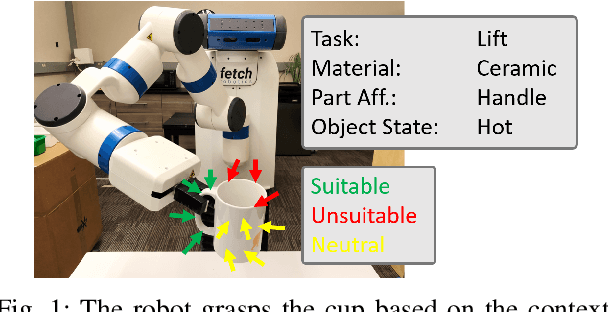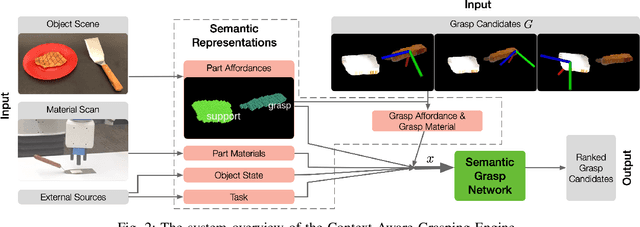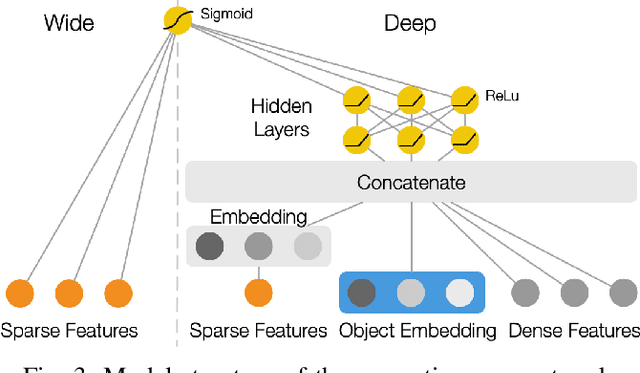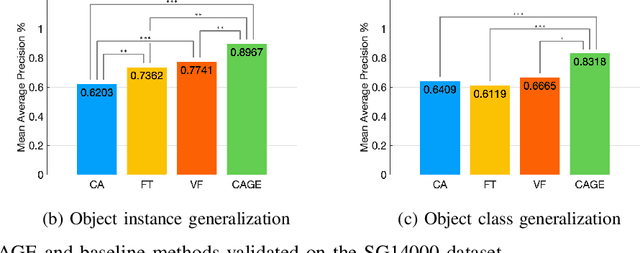CAGE: Context-Aware Grasping Engine
Paper and Code
Sep 24, 2019



Semantic grasping is the problem of selecting stable grasps that are functionally suitable for specific object manipulation tasks. In order for robots to effectively perform object manipulation, a broad sense of context, including object and task constraints, needs to be accounted for. We introduce the Context-Aware Grasping Engine, a neural network structure based on the Wide & Deep model, to learn suitable semantic grasps from data. We quantitatively validate our approach against three prior methods on a novel dataset consisting of 14,000 semantic grasps for 44 objects, 7 tasks, and 6 different object states. Our approach outperformed all baselines by statistically significant margins, producing new insights into the importance of balancing memorization and generalization of contexts for semantic grasping. We further demonstrate the effectiveness of our approach on robot experiments in which the presented model successfully achieved 31 of 32 grasps.
 Add to Chrome
Add to Chrome Add to Firefox
Add to Firefox Add to Edge
Add to Edge